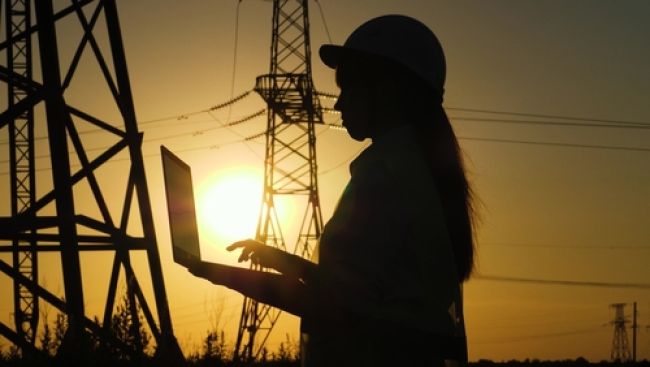
Proactive Risk Reduction: The Key to Sustainable Success
In an increasingly complex and volatile business landscape, the ability to proactively identify, assess and mitigate risks is not merely a valuable skill – it’s a strategic imperative for sustainable success. As leaders, entrepreneurs and innovators, our capacity to anticipate and navigate risks can be the difference between stagnation and growth and between surviving and thriving in a rapidly evolving world.
Risk management is not a one-time task but a continuous process that requires vigilance, adaptability and foresight. By cultivating a proactive approach to risk reduction, we can enhance our resilience, protect our assets, and seize opportunities for innovation and growth. Now, in this exploration of the principles of proactive risk reduction, let’s delve deeper into the strategies and mindset shifts necessary to build a culture of risk resilience and sustainable success.
1️. Early Identification: The Foundation of Proactive Risk Management
Early identification of risks is the foundation of effective risk management. By developing a keen eye for potential threats and vulnerabilities, we can detect and address risks before they escalate into crises. Regular risk assessments, trend analyses and scenario planning are essential tools for identifying emerging risks and anticipating future challenges. By fostering a culture of vigilance and continuous monitoring, we can stay ahead of the curve, proactively addressing risks and seizing opportunities for strategic advantage.
Early identification not only allows us to mitigate risks more effectively but also enables us to leverage our insights to drive innovation and competitive advantage. By encouraging a culture of curiosity, collaboration and knowledge sharing, we can empower our teams to identify risks, propose solutions and drive continuous improvement across our organizations.
2️. Strategic Planning: Building Resilience Through Preparedness
Strategic planning is the cornerstone of effective risk management. Every risk should be met with a comprehensive mitigation strategy that outlines proactive measures to reduce its impact and likelihood of occurrence. Strategic planning involves assessing risk exposure, defining risk tolerance levels and developing response plans tailored to specific scenarios.
Diversification of revenue streams, cross-training employees, and investment in technology and infrastructure are common risk mitigation strategies that can help organizations weather uncertainty and adapt to changing conditions. By integrating risk management into our strategic planning processes, we can align our risk mitigation efforts with our business objectives, enabling us to capitalize on opportunities for growth and innovation while safeguarding our core operations.
3️. Cultivating Resilience: Embracing Change and Learning from Adversity
Resilience is more than just the ability to bounce back from setbacks. It is the capacity to adapt, evolve and thrive in the face of adversity. Building a culture of resilience requires fostering a growth mindset, encouraging experimentation and celebrating learning from failures. By empowering our teams to embrace change, take calculated risks and innovate in the face of uncertainty, we can create a culture of resilience that drives continuous improvement and sustainable success.
Resilient organizations are characterized by their ability to anticipate change, respond agilely to disruptions and pivot quickly to seize opportunities for growth. By fostering a culture of adaptability, creativity and collaboration, we can position our organizations to thrive in the face of uncertainty and emerge stronger and nimbler in a rapidly changing business environment.
In conclusion, proactive risk reduction is not just a strategy; it is a mindset that empowers us to navigate uncertainty, embrace change and drive sustainable success. By integrating early identification, strategic planning and resilience-building into our organizational DNA, we can help lower the total number of incidents.
About the Author: Robert (RL) Eisenbach, CUSP, possesses 13 years of experience within the oil and gas industry and eight years of experience in low-voltage, distribution, transmission and substation electrical safety. He sat on OSHA’s Electrical Transmission and Distribution Task Team 2 and holds several industry-specific certifications.

